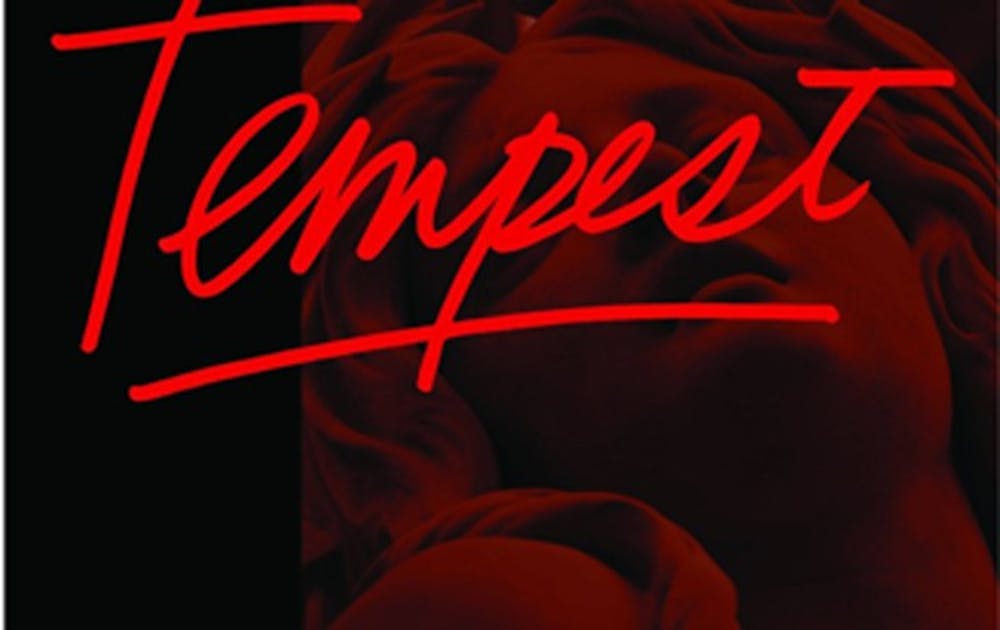You’re on a train riding west. The whistle blows and a musical track unfurls in breezy loops. Each reiteration roars, then puffs out like smoke. You’re leaving. Something feels familiar, safe, like a favorite part of a favorite record that’s been set on repeat. Then the drums kick in, insistent and clean, only to make way for a gravelly growl: “Can’t you hear that Duquesne whistle blowin’?” Really?, you want to spit back. Of course I can. But there’s no perceptible whistle, after all, and are you actually on the train, and who’s this importuning old man whose wizened leer you can’t quite visualize?
“Duquesne Whistle,” the first track off of Bob Dylan’s newest album Tempest, is what I’d describe as a heterogeneous blend of Hank Williams’ oft-covered “Cold, Cold Heart” and the Marty Robbins gunfighter ballads my dad and I waltzed around to when I was eight. Tempest is an album that, while new, is steeped in cultural history. On the one hand, it references phrases pulled from our collective musical knowledge (“twist and shout”; “get up, stand up”) as well as William Blake and John Greenleaf Whittier and other shout-outs that I’d probably only get if I was so much older now (and already had a Ph.D. under my belt). Like a book of Shakespeare or Whitman, Tempest can be read, listened to and experienced with or without footnotes. On the other hand, the music is strangely clean, like a remastered edition of itself, a way to canonize the contemporary Dylan. Though the songs on Tempest fall into easily defined categories—blues, rockabilly, country-folk—any attempt to pigeonhole Dylan ignores his various personae. He’s become a larger-than-life cultural icon, as illustrated in Todd Haynes’ 2007 feature film I’m Not There (otherwise known as The Film Where Cate Blanchett Plays Bob Dylan).
It’s the tracks where Dylan plays mixmaster—spinning simple poetry alongside exuberant, though clear-cut, instrumentation—that create the most adventurous aural environments. Some tracks pounce and others grovel. While pieces like “Early Roman Kings” retain a freewheeling but ruminative bawdiness that alludes to his earlier work, tracks like “Long and Wasted Years” feel exhausted and spent of romance—a foil to the bouncy verses of “Duquesne Whistle.” This later track works itself into the album almost imperceptibly, mimicking the output of a radio, volume turned slowly up, circa 1938. The year may seem arbitrary, but it’s not really—this was the heyday of Woody Guthrie, one of Dylan’s foremost influences. Emotional baggage piles up from the first lines (“It’s been such a long, long time/ Since we loved each other and our hearts were true/ One time, for one brief day, I was the man for you.”), and it’s like Dylan is there, dangling his feet out of the radio transmitter, reminding you of lost loves. It seems no accident that this song’s “for you” mirrors Dylan’s pseudo-placating sneer in Blonde on Blonde’s “I Want You”: “And I wait for them to interrupt/ Me drinkin’ from my broken cup/ And ask me to/ Open up the gate for you.”
The song that everyone seems to be talking about is the title track, but I prefer his conspicuous paean to John Lennon, “Roll On John.” The album’s concluding track is more universal—I see it as a secular companion to Saved’s “Pressing On”—as it asks us to “shine [our] light” and “move it on.” Tempest is Dylan unequivocally going on, and he brings everyone and everything he’s accumulated over a lifetime with him. As in the music video for “Duquesne Whistle” where he leads a posse of mangy, Mulholland Drive-esque figures through Los Angeles, Dylan will always be here, donning a bemused expression and his Panama hat, smiling away his achievements as he slyly adds to them.
Get The Chronicle straight to your inbox
Signup for our weekly newsletter. Cancel at any time.

